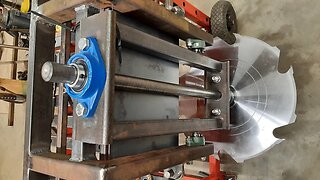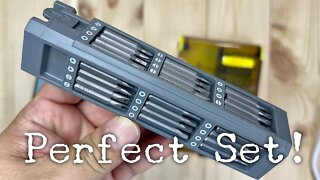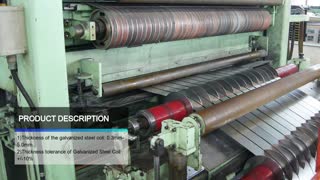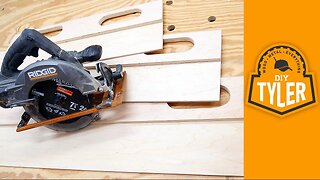Manual manufacturing of chainsprokets of a motorbike
Design: The process begins with designing the chain sprocket. This involves determining the specifications such as the number of teeth, pitch diameter, bore size, and other dimensions based on the application requirements.
Material Selection: Selecting the appropriate material is crucial for the performance and durability of the sprocket. Common materials include steel, stainless steel, and various alloys depending on factors like load capacity, wear resistance, and corrosion resistance.
Cutting: Raw material in the form of bar stock or sheet metal is cut into the required size and shape using cutting tools such as saws, shears, or laser cutters.
Shaping: The rough shape of the sprocket is formed by various methods such as forging, casting, or CNC machining. Forging involves heating the material and shaping it using dies under pressure, while casting involves pouring molten metal into a mold. CNC machining involves removing material from a solid block to achieve the desired shape.
Heat Treatment: Heat treatment is often applied to improve the mechanical properties of the sprocket, such as hardness, toughness, and wear resistance. Common heat treatment processes include quenching and tempering, which involve heating the material to a specific temperature and then rapidly cooling it.
Machining: After heat treatment, the sprocket undergoes precision machining to achieve the final dimensions and tooth profile. This process may involve turning, milling, drilling, and grinding operations performed using CNC machines or manual tools.
Assembly (if applicable): In some cases, the sprocket may need to be assembled with other components such as hubs or shafts. This could involve welding, brazing, or using fasteners to secure the components together.
Finishing: Once machining and assembly are complete, the sprocket undergoes finishing processes to improve its surface quality and appearance. This may include deburring, polishing, coating, or plating to enhance corrosion resistance and aesthetics.
Quality Control: Throughout the manufacturing process, quality control checks are performed to ensure that the sprockets meet the required specifications and standards. This may involve dimensional inspection, hardness testing, surface finish measurement, and other tests to validate the integrity of the product.
Packaging and Shipping: Finally, the finished sprockets are packaged according to customer requirements and shipped to their destination.
It's important to note that the specific details of the manufacturing process may vary depending on factors such as the type of sprocket, the material used, and the production methods employed by the manufacturer.
-
 24:01
24:01
Donn DIY
1 year agoSwingblade SAWMILL Build Ep.2 - Saw Carriage Fabrication
4261 -
 4:43
4:43
Peter von Panda
1 year agoBest Premium Small Electronics Precision Tool Kit
17 -
 8:19
8:19
Narin Creative
10 months agoCreating Your Own Electric Chainsaw at Home with 12v Motor!
2 -
 9:44
9:44
Electrician U
1 year agoWhy Do You Use So Many Types of Screws?
1.77K -
 6:54
6:54
Electrician U
2 years agoHow Hand Tools Are Made
350 -
 0:45
0:45
SUKALP
1 year agoCustomized Galvanized Steel Strip manufacturers From China
79 -
 0:55
0:55
PENNTOOLCO
1 year agoBest Professional Tool Set Crescent 180 Piece Kit CTK180
1 -
 4:59
4:59
Wood, Metal, Everything
5 years agoDIY Circular Saw Track | Build with ONE Tool!
16 -
 0:28
0:28
Lean Manufacturing Products, Inc.
1 year ago#LEAN Manufacturing Products - Oversized Forklift Access Tubes #sheetmetalstorageracks
12 -
 3:35
3:35
Donn DIY
10 years agoHomemade Chain Sawmill
24